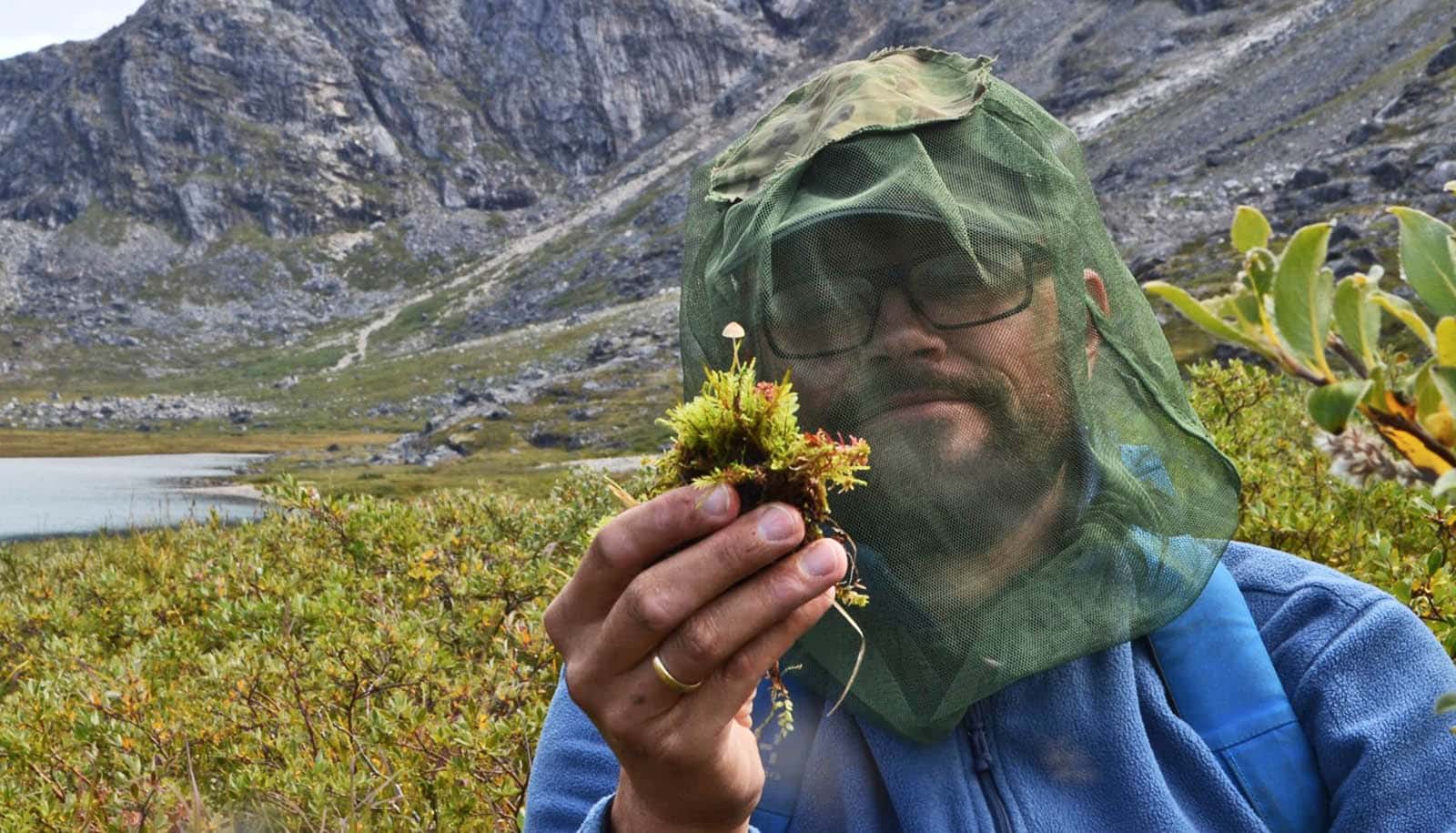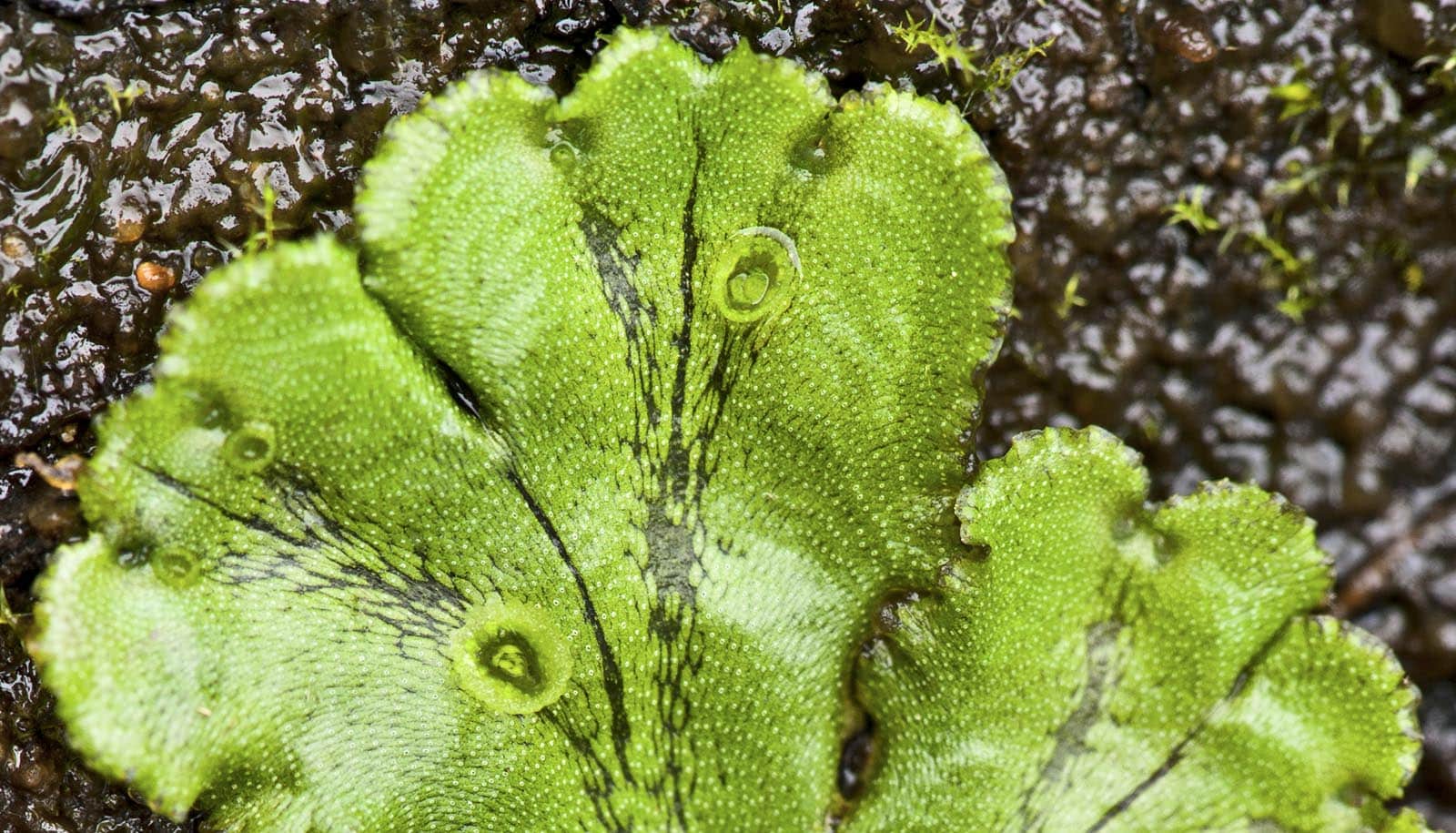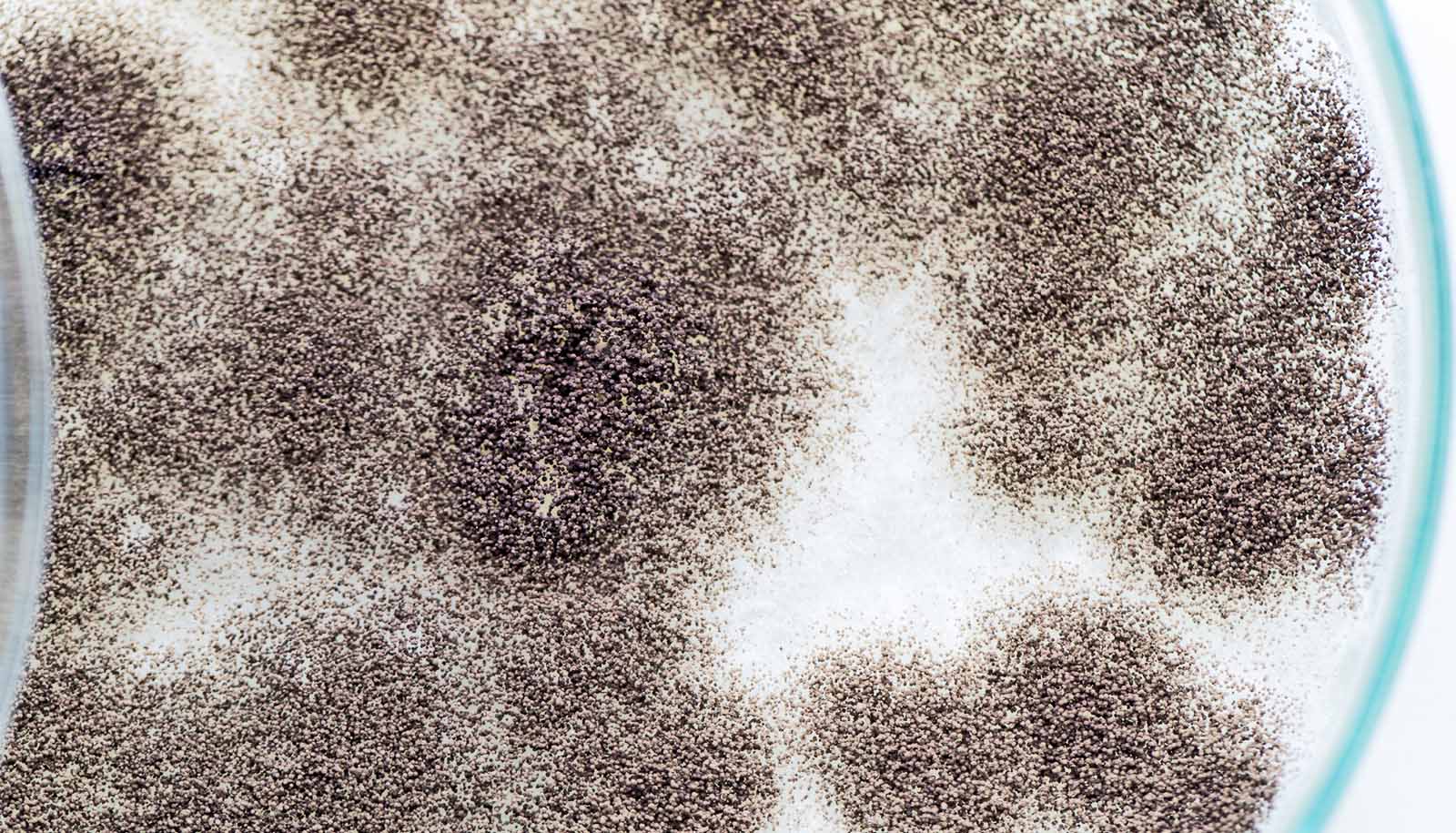Research finds that mushrooms of the genus Mycena, called bonnet mushrooms, not only live off of dead trees and plants, but also young, healthy trees and plants.
The findings indicate that bonnet mushrooms have made an evolutionary leap that challenges our understanding of the ecological roles of fungi.
That fungi have begun to invade the living is a horrific thought for anyone who ever thought that fungi only dined upon the dead. Or, at least for those who’ve seen The Last of Us, a post-apocalyptic series in which humans battle relentless fungal-infected zombies.
Fortunately, the reality is less dramatic.
The paper in Environmental Microbiology from the University of Copenhagen’s biology department suggests that this genus of fungi, which has traditionally been considered saprotrophic—i.e., a decomposer of nonliving organic matter—is undergoing an evolutionary leap.
“Using DNA studies, we found that Mycena fungi are consistently found in the roots of living plant hosts. This suggests that bonnets are in the process of an evolutionary development, from uniquely being decomposers of nonliving plant material to being invaders of living plants, under favorable conditions,” explains Christoffer Bugge Harder, the study’s lead author.
The research also demonstrates that some of these bonnet mushrooms species even show early signs of being able to act as mutualists—i.e., live in symbiosis with trees. Unlike the terrifying fungi in The Last of Us, the researchers believe that Mycena are primarily out to do good, as seen from the plant’s perspective. This comes in the form of a kind of evolutionary courtship in which they live in harmony with their living hosts.
“We see that a some Mycena appear to exchange nitrogen, an indispensable nutrient for plants, with carbon from plants,” says Harder.
“Once having penetrated a living plant, fungi can choose three strategies. They can be harmful parasites and suck the life out of their new hosts; they can lurk like vultures, waiting harmlessly for the plant to die, and be the first to feast upon the ‘carrion;’ or, they can begin working together. Some Mycena species are gradually developing the ability to collaborate, though it has yet to be finely tuned,” says Harder.
“Other fungi, the Amanita genus for example, are known to work together with living plants, an ability that they developed many millions of years ago. But Amanita have long since lost their ability to survive without their hosts. And that’s how we traditionally divided fungi into strictly separate ecological groups: mutualistic, parasitic, or saprophytic,” explains Harder.
Mycena seem to fall somewhere in between the ecological niches.
“The strict division has been increasingly called into question, and our Mycena research supports a blurring of the lines. Some Mycena have found their own solution and span several different ecological roles,” says Harder.
By looking at carbon isotopes in Mycena, the researchers were able to conclude that these fungi are saprotrophic decomposers, as well as mutualistic. And perhaps even parasitic.
“Mycena are opportunists. Unlike Amanita, they can easily grow without needing to invade plants, but should the opportunity arise, it’s a nifty bonus. They also seek out living roots, where they have nitrogen to offer—as fungi can take up nitrogen easier than a tree—for a reasonable price,” explains Harder.
Payment comes either in the form of carbon from the host while it is living, or when their friendly host dies, and the patient decomposer gets to work. Or perhaps both.
The favorable conditions that Mycena seek seem to be related to human activity.
“It is reasonable to believe that we humans have played a role in this adaptation, because our monocultural plantations, stands of forest for example, have provided fungi with optimal conditions for adapting. The fungi seem to have seized upon this opportunity,” he says.
“Specialists thrive in old-growth forest. In this scenario, there aren’t many chances for Mycena to settle on living trees because specialized fungi are already present in this natural setting and don’t allow others in,” says the mycologist.
On the other hand, human-cultivated homogeneous plantations with young plants of the same age give Mycena a chance, because specialized fungi have yet to establish themselves. The same applies to harsh environments, such as in the Arctic, or disturbed environments, such as where there are many grazing animals.
“These places present challenging conditions for many organisms, but Mycena are among those that seem to benefit,” says Harder.
Source: University of Copenhagen


